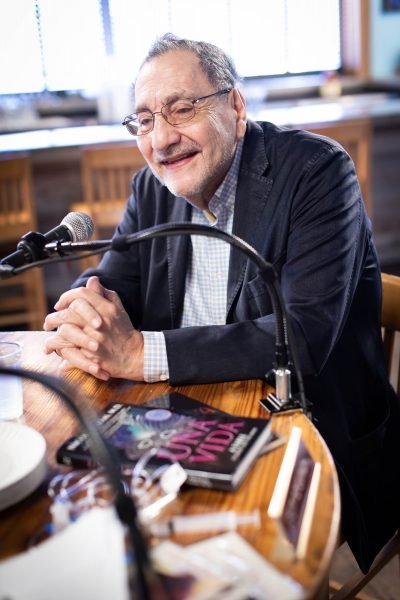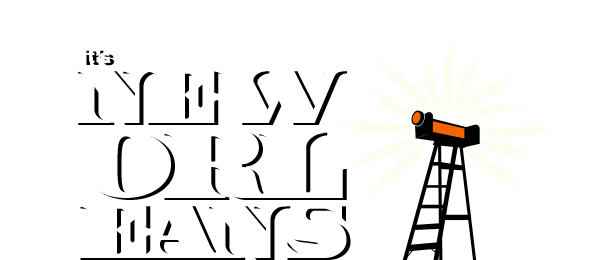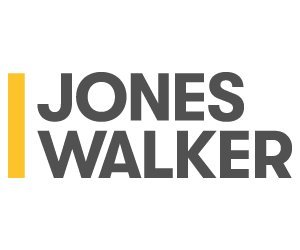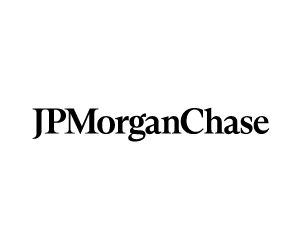When we’re confronted with a challenging task, we reassure ourselves it’s probably achievable by saying, “Well, it’s not brain surgery.” We say this because every single thing created by humans – from the sewer system to satellites – ultimately came from the human brain. And yet how the brain works remains among the most vexing and mysterious elements of our existence.
Of course, not all humans are created equal. There is a small group of men and women for whom the human brain is not a complete mystery. These folks devote their professional lives to understanding and unravelling its secrets.
One of these neuroscientists lives and works in New Orleans. Dr. Nicolas Bazan is the founding director of the Neuroscience Center of Excellence at LSU’s Health Sciences Center. He leads a team of 90 researchers in areas ranging from Parkinson’s Disease to Traumatic Brain Injury.

Neuroscientist and author, Dr. Nicolas Bazan
Dr Bazan’s team publishes multiple research findings each year. And Dr Bazan himself is the holder of around 120 patents in the area of neuroscience and the treatment of neurological disorders.
Notable even among all his other achievements in the field, Dr Bazan is the discoverer of a new class of biochemicals found in the brain, known as ELV’s. In 2018, a year after he made this discovery, Dr. Bazan founded a local company, NeuResto Therapeutics, to research and develop the use of ELV’s in the treatment of Traumatic Brain Injury, Alzheimer’s, Parkinson’s, age-related macular degeneration, and stroke.
If you’ve ever been in the hospital, or have visited anyone who’s a hospital patient, you’ll be familiar with an IV. Typically, one of the first things that happens to you as a hospital patient – or even in an ambulance on the way to the hospital – is you get an IV line inserted into your arm or hand. The reason for that is, intra-venous – which is what IV stands for – it means basically straight-into-the-vein – is the most efficient method of delivering fluids or drugs to someone who needs them.
But delivering drugs to a patient through an IV is not an exact science. It relies on a human operator getting it right. In light of that, here are some sobering statistics.
Medical errors are reportedly the 3rd leading cause of death in the US, after heart disease and cancer. 73% of medication errors involve what’s called “push doses.” A “push” is the rate that a person administers a drug through an IV. 95% of IV push errors are the result of the drug being administered too quickly.
That’s why Tonia Aiken has invented a device she calls SafePush – which is also the name of her company.

Tonia Aiken, co-creator of medical device, SafePush
SafePush, the device, is a small, disposable piece of equipment that fits on the tip of a syringe or an IV and precisely regulates the flow of a drug in a way that doesn’t let the person administering the dose push it any faster than the set rate.
SafePush, the company, was launched in 2019 and is looking at potential market of 137 million devices per year. The cost of the device is $20 – about the same as a large pizza. 137 million-times-twenty is a lot of pizza.
At some point we’re going to have recalibrate how we think about and describe New Orleans. As well as describing ourselves as the home of Mardi Gras and the Hurricane, we could equally legitimately call ourselves something like, “world leader in medicine and medical technology.” Nicolas Bazan and Tonia Aiken enjoy Mardi Gras and cocktails as much as the rest of us (Tonia was Queen of Krewe du Vieux!), but they’re giving us a whole other reason to be proud of living here.

Peter Ricchiuti, Tonia Aiken, Nicolas Bazan, Out to Lunch at NOLA Brewing
Out to Lunch is recorded live over lunch at NOLA Pizza in the NOLA Brewing Taproom. Photos by Jill Lafleur.





